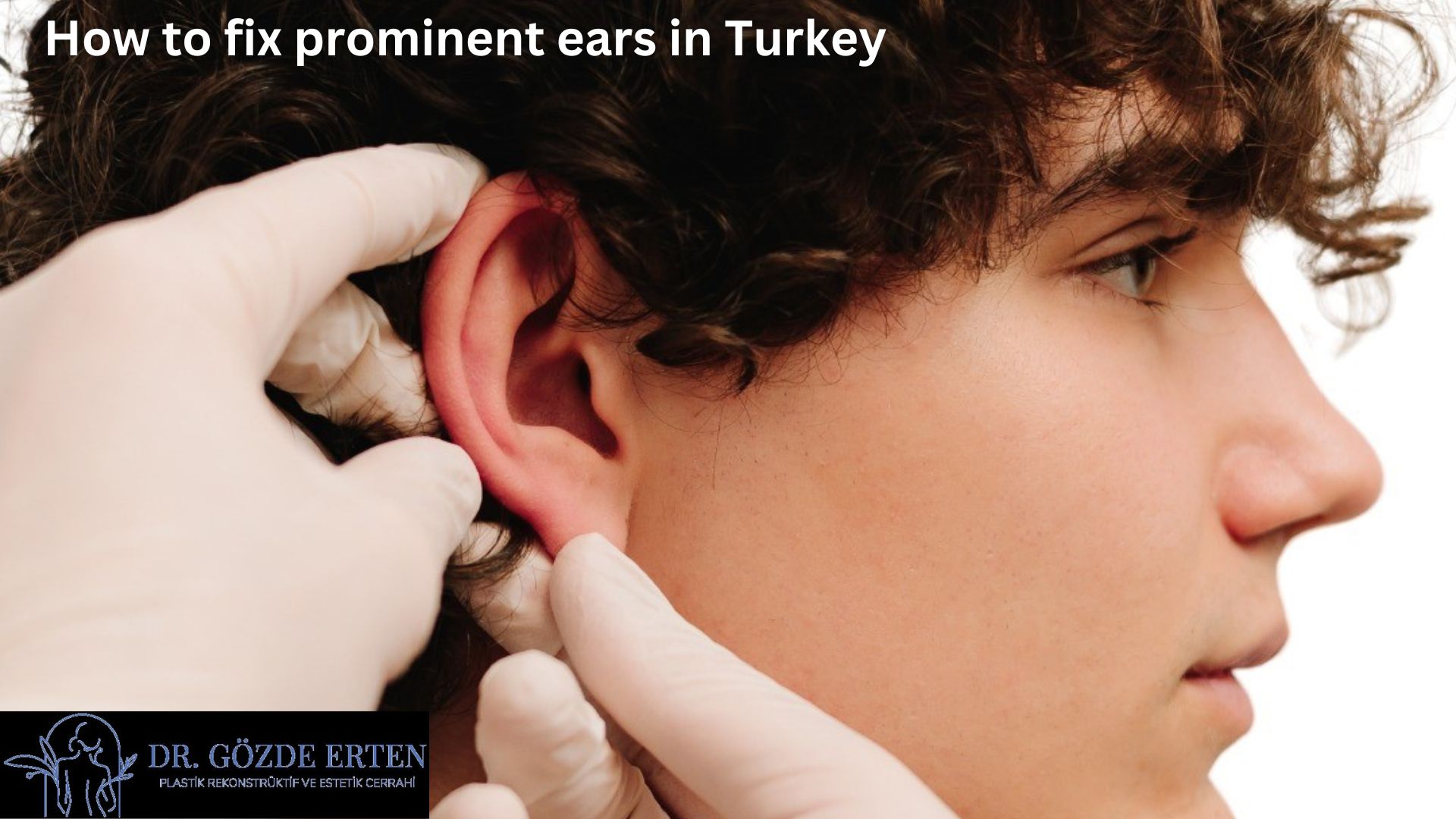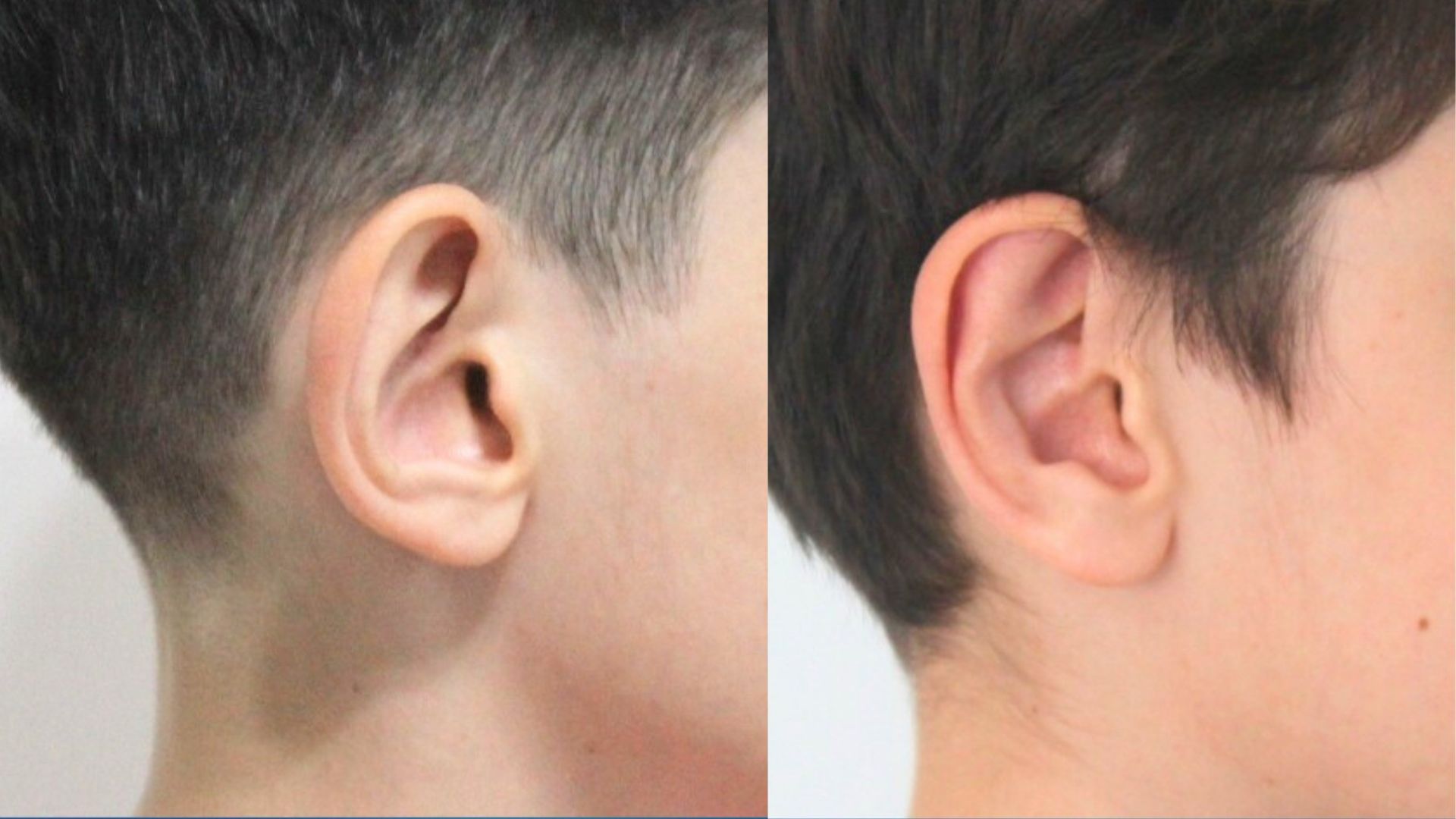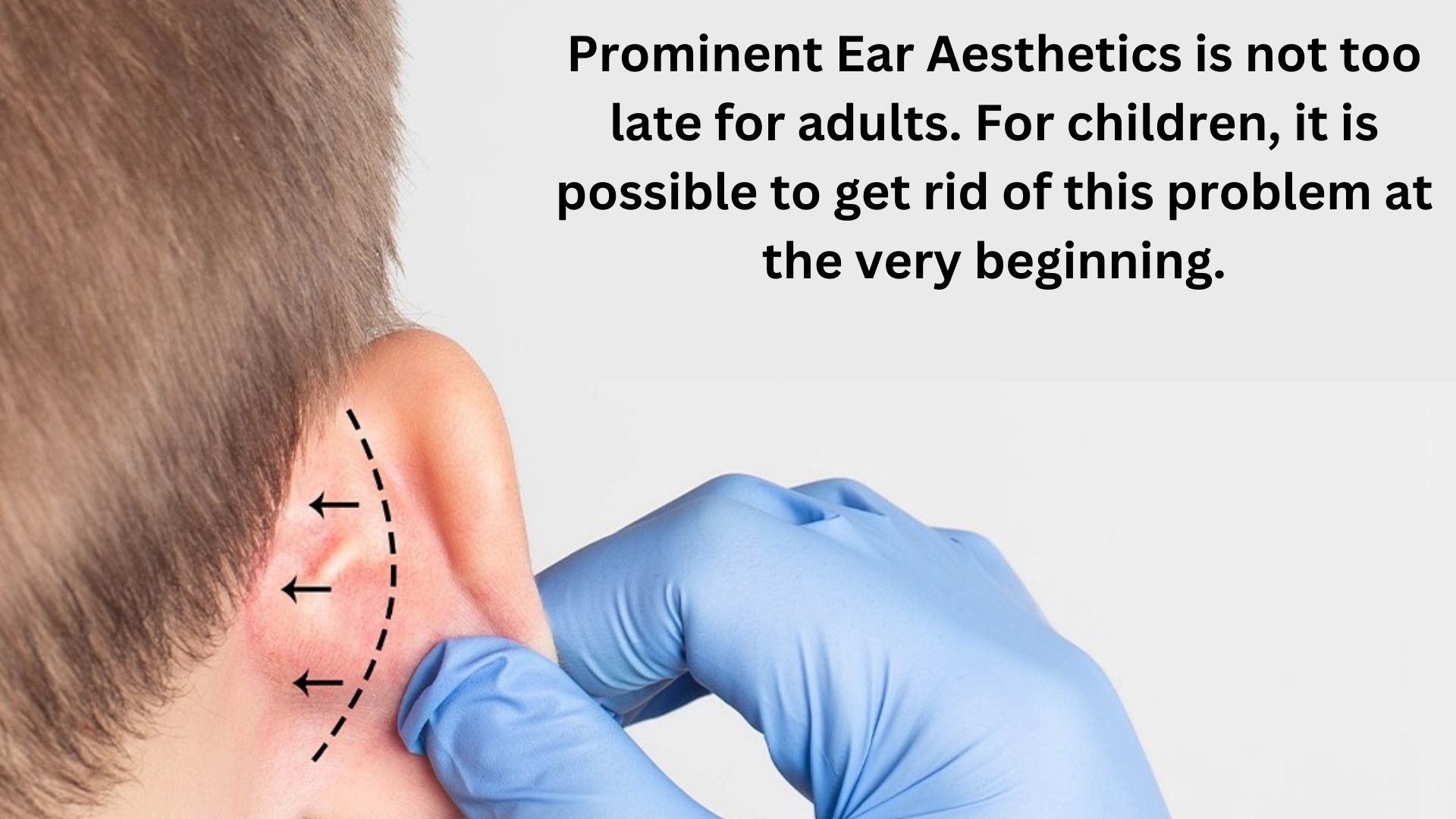How to fix prominent ears in TurkeyAnkara Aeshtetics Clinic

Otoplasty fixes the position, size, or appearance of the ears, and it is frequently performed to treat ear aesthetic problems, such as projecting ears, asymmetry in ear size, or ears that are excessively big or tiny. Additionally, it can address ear abnormalities caused by birth defects or injuries. Depending on the patient's preferences and the degree of the operation, the treatment is often carried out under either local or general anaesthesia. The surgeon will make an incision behind or in the crease of the ear during the treatment and will then shape the cartilage or tissue as necessary.
Who can have otoplasty surgery in Turkey?
Candidates for otoplasty (ear surgery) are often people who are dissatisfied with the way their ears look for several reasons, such as:
- Ears that protrude from the head more than usual, frequently as a result of improper ear cartilage folding during development.
- Disproportionately big or asymmetrical ears that may be the result of heredity, trauma, or other causes.
- Defective or atypical ears, such as those with cauliflower ears, cleft earlobes, or restricted ears.
- People who, because of the way their ears look, struggle with social anxiety, low self-esteem, or other psychiatric issues.
Candidates for otoplasty should also be in generally good health, have reasonable expectations for the procedure's results, and be able to adhere to their surgeon's pre- and post-operative instructions. Otoplasty can be done as early as age 5, when the ears have achieved their full size, making it crucial to highlight that youngsters frequently have the operation done on them. However, adults can also benefit from the surgery, and as long as a candidate is in good condition, there is no upper age restriction for otoplasty candidacy.
What to do before otoplasty?
- It's essential to discuss your expectations and goals for treatment with your surgeon. If you want to decide whether you are a suitable candidate for otoplasty, the surgeon will also assess your general health.
- Give your surgeon a thorough medical history and describe in detail any previous operations, allergies, or drugs you are currently on.
- Your surgeon will provide you with detailed preoperative instructions that may include avoiding specific drugs, ending smoking, and delaying eating and drinking for some time before the procedure.
How is otoplasty performed?
Otoplasty brings the ears closer to the head, aligning them harmoniously with your facial features. Protruding ears are aesthetically reshaped to enhance your confidence. With Dr. Gözde's expertise, you can achieve your desired look through a quick and safe procedure.
The exact methods used during otoplasty may vary according to the needs of the patient and the choice of the surgeon. Here is a description of the otoplasty procedure:
- Depending on the complexity of the surgery and the patient's wishes, the patient is given local anaesthesia or general anaesthesia.
- To access the cartilage, the surgeon makes several small incisions behind the ear or in its folds.
- The surgeon adjusts the cartilage to give the ears a more attractive appearance. This may mean changing the shape of an existing cartilage, adding or removing cartilage, or both.
- The surgeon closes the incisions and allows the cartilage to fit into its new place with stitches. These stitches can then be dissolved or may need to be removed.
- To protect and keep the ear in place while it heals, the surgeon will dress or bandage it.
How long does ear surgery take?
Depending on the type of surgery performed and the patient's condition, the duration of ear surgery varies. Simple earlobe repairs can usually be completed within 30 to 60 minutes, but more extensive treatments such as cochlear implant surgery or reconstructive microtia surgery can take several hours.
Prominent ears surgery before and after

Do otoplasty scars go away?
During surgery, incisions are required behind or around the ear, and these incisions can leave noticeable scars. However, the natural folds of the ear often hide the scars, making them almost invisible from a distance. How the surgical scars will look depends on different factors such as how well the patient heals, the method used by the surgeon, and the length of the procedure. During the initial healing process, the scar may appear red, raised, or strong, but it usually fades and flattens over time. There are several things patients can do to reduce the visibility of their surgical scars:
- Patients should carefully follow their surgeon's postoperative instructions, which include protecting cuts and dry areas, avoiding strenuous activity, and applying bandages or dressings as directed.
- Patients should avoid salt or exposure of the scar to direct sunlight, as UV radiation can alter and emphasise scars.
- Materials that can help reduce scars, such as silicone sheets or gels, can be used.
Otoplasty scars may never completely disappear, although they typically diminish with time and are often effectively concealed by the ear's natural curves, which is a crucial consideration.

What is the success rate of ear surgery?
Usually 95% or more of patients have successfully completed ear surgery, including otoplasty and repair of the lobes. The success rate is quite high.
However, with more complex ear procedures, such as surgery for cochlear implants or reconstruction surgery for microtia, the success rate may be slightly lower.
Even in these cases, success is usually very good, and many patients show the desired improvement in hearing and/or ear aesthetics.
The main factors affecting the success rate are the surgeon's expertise, the general health of the patient, and the patient's full compliance with pre- and postoperative instructions.
Is Turkey good for otoplasty?
Otoplasty (ear surgery) is a procedure that is safely performed in Turkey. The low cost of the treatment and the excellent level of surgical competence make Turkey a popular destination for otoplasty patients. Many of the leading hospitals and clinics performing otoplasty in Turkey are recognised by international organisations. Many surgeons in Turkey have advanced training and expertise in otoplasty and use the latest methods and tools, ensuring that patients get the best results.
It is critical to choose a licensed and skilled surgeon for otoplasty in Turkey. You can have ear surgery surgery safely at Dr. Gozde Erten aesthetic clinic in Ankara, Turkey.
Do ears go back after otoplasty?
In a few very rare cases, the ears may return to their original position after surgery.
If the surgeon did not use the correct methods to reconstruct the ear cartilage or if the patient did not follow the correct postoperative care recommendations, there is a possibility that the ears may return to their original position.
However, if an experienced plastic surgeon who has performed successful otoplasty surgeries performs the surgery, the possibility of the ears returning to their original position is eliminated.
How long does an otoplasty last?
Otoplasty is generally considered a long-term and definitive solution. However, patient age, skin condition, and surgical techniques affect lasting results.
For example, the ears of young patients may change in size and shape as they grow and age, which can affect how well the treatment goes.
Patients with thin or older skin may have changes in the appearance of their ears over time.
Please contact us for additional information or to schedule a consultation for ear correction surgery.
